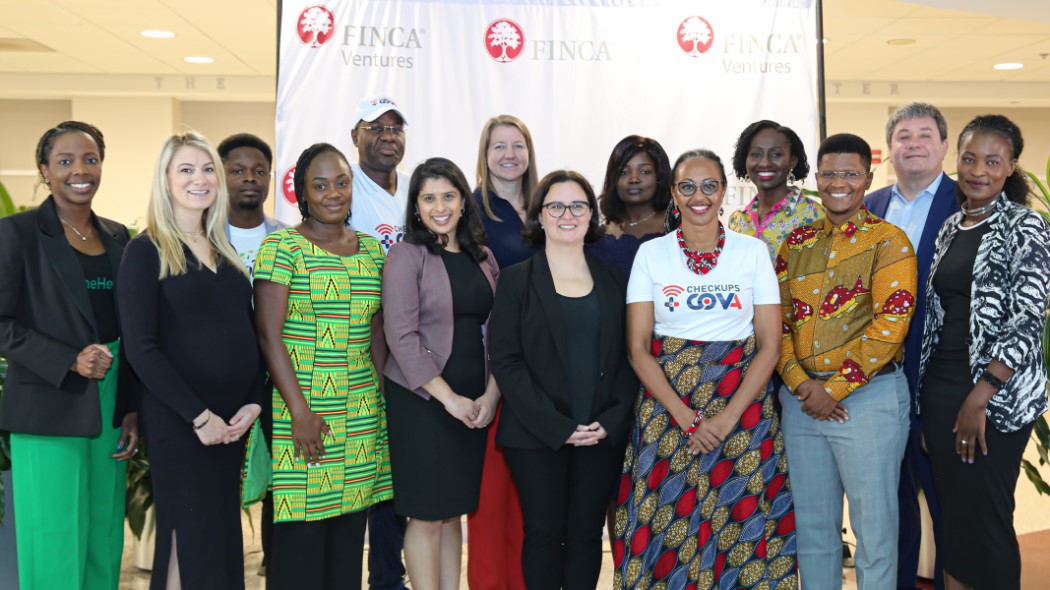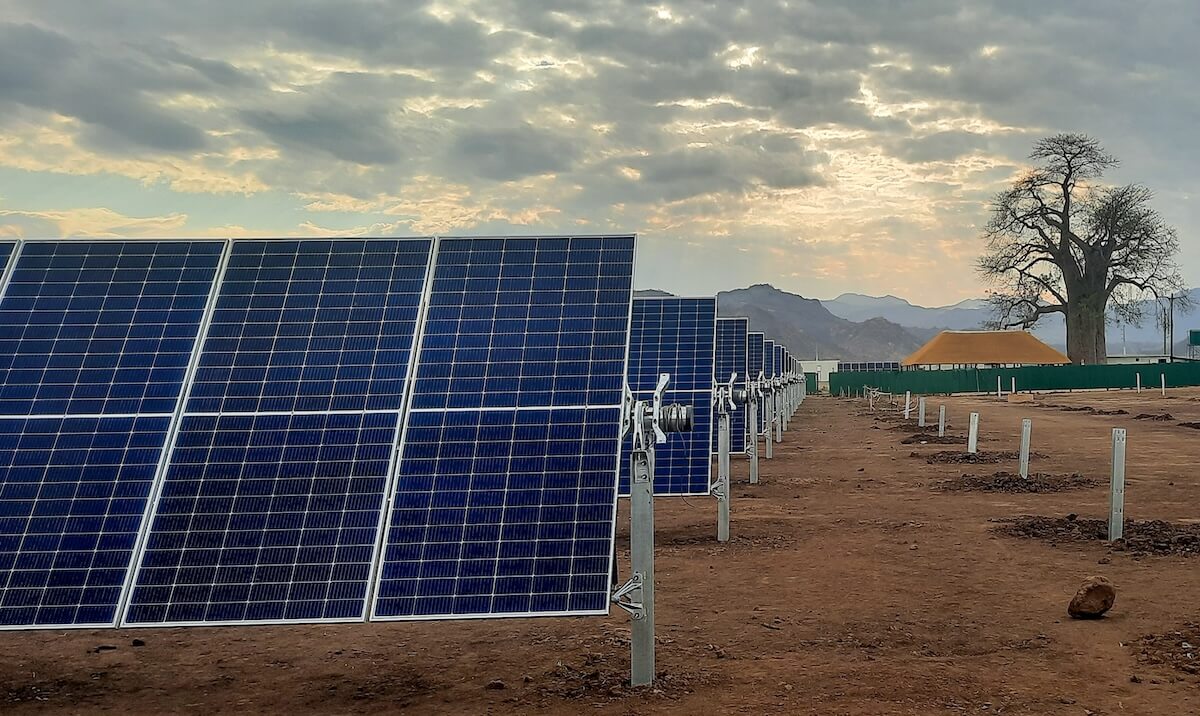About 40 percent of the global workforce works in agriculture, food and farming, and 100 percent of the population has to eat. If we hammer on food and farming here at ImpactAlpha, it’s because agriculture is the lever for new solutions in poverty alleviation, women’s rights, climate change and, of course, hunger.
“Meeting the goals of eradicating hunger and poverty by 2030, while addressing the threat of climate change,” the UN’s Food and Agriculture Organization warned last year, “will require a profound transformation of food and agriculture systems worldwide.”
More and Better Network, a food and agriculture nonprofit, has identified a half-dozen myths that may be holding back that transformation.
- The world is fed from small farms, not industrial producers. Farms less than five hectares in size produce 40 percent of traded food and 70 percent of food in total.
- “Productivity” is subjective. Industrial farms yield more food and fodder per hectare per person per year. But small-scale diversified farms could be more productive per hectare — when farmers have access to land, water, finances and farming inputs like seed and equipment. (As an added bonus, small farms require fewer inputs and do less environmental damage.)
- Small-scale farming jobs are growing, not shrinking. Agriculture as a share of total employment has decreased in the past decade, but the total number of workers has gone up. Despite trends towards urbanization, workers in emerging economies “are not moving out of agriculture and into higher value added activities as fast as they did in the past,” notes a 2013 study from the International Labor Organization.
- Yields on organic farms can be almost as high as conventional farms. Organic farming requires smart farming. Input-intensive farms that use large amounts of chemical fertilizers and pesticides before converting to organic practices saw a drop in productivity. Overall, overall organic farm yields were about 65 percent of conventional farm yields, according to a study in Nature. But with “best practices,” organic yields rose to 87 percent, and 95 percent for crops like legumes.
- Most food isn’t traded. More and Better’s research showed that only 10 to 15 percent of all food produced crosses borders, ranging from three to six percent of produce to 35 percent of fish and 38 percent of oil crops. Food insecure places import more. The FAO estimates that developing countries’ cereal imports will double by 2050.
- We’re closer than we think to being able to feed the world in 2050? The FAO estimates that food production needs to increase by 60 to 70 percent. Reducing the amount of food we waste and reducing meat consumption would bridge the gap from current production levels. No surprise, then, that ag and foodtech investors are eyeing waste-reduction and plant-protein startups (see above).











